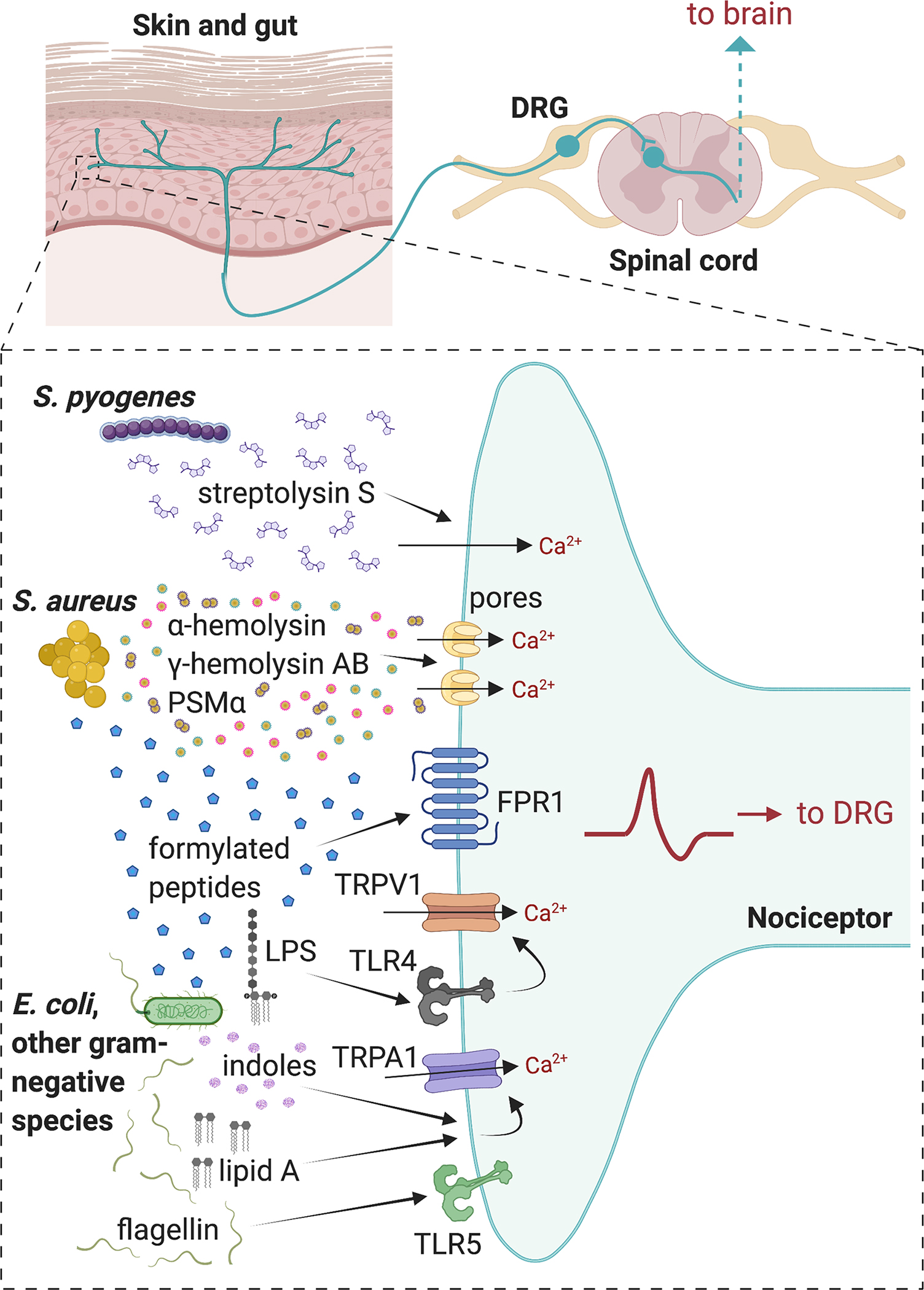Figure 1. Bacterial pathogens that directly activate nociceptors to produce pain during infection.

In skin and soft tissue infections, S. pyogenes produces the cytolytic toxin Streptolysin S (SLS) which activates TRPV1+ nociceptors to produce pain. S. aureus secretes pore-forming toxins α-hemolysin (Hla), HlgAB, and PSMα, which are able to induce cation influx into nociceptors, leading to action potential generation and pain during subcutaneous infections. Formylated peptides from S. aureus and E. coli bind to FPR1 on nociceptors to induce mechanical allodynia. LPS from gram-negative bacteria can bind to TLR4 which sensitizes TRPV1 channels in nociceptors during gram-negative pathogen infection. The lipid A moiety of LPS can also act via TRPA1 ion channels on nociceptors independent of TLR4. Flagellin from gram-negative bacteria can bind to TLR5 on A-fibers that mediate neuropathic pain. Image created with BioRender.com
